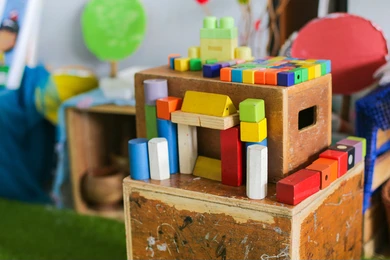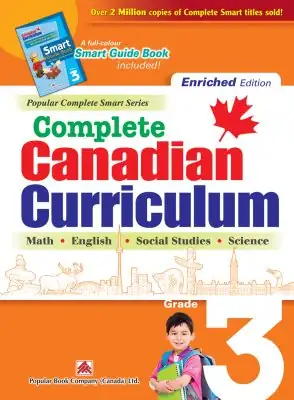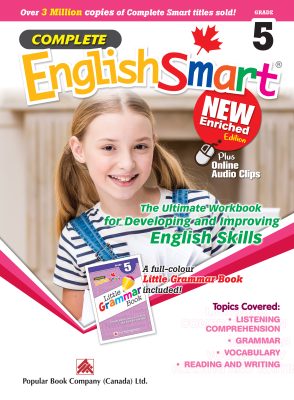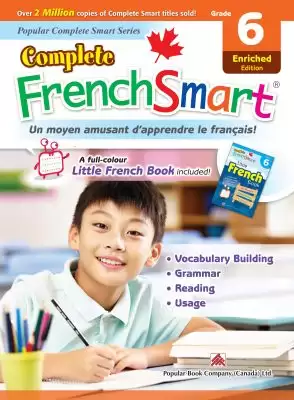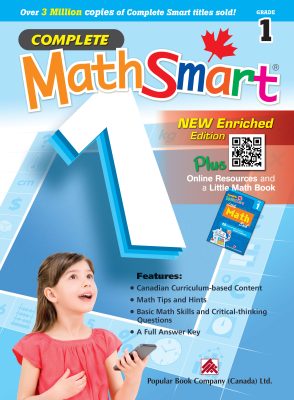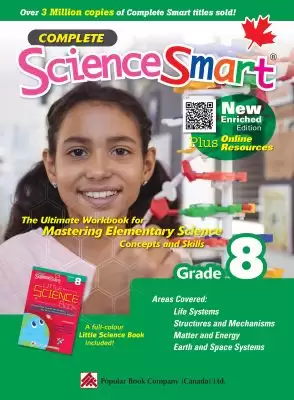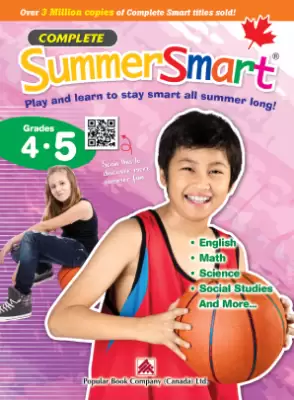The theory of loose parts was created by architect Simon Nicholson in 1971. He saw the power of play and inspiring creativity at a young age. According to Penn State Extension, the definition of loose parts is: “materials that can be moved, carried, combined, redesigned, lined up, and taken apart and put back together in multiple ways”. Loose parts are objects that are used to manipulate and create a tangible thing based on a child’s imagination. These parts can be natural or synthetic – from acorns, to rocks, to buttons to pompoms. With loose parts, the options are endless. The best reason to put this theory into practice is that loose parts can be found anywhere, promoting engagement in open-ended learning and conversations.
Benefits of loose play include:
- Building children’s fine motor skills
- Igniting imagination
- Building problem solving and innovation skills
- Promoting critical thinking
- Encouraging communication and collaboration
- Building student confidence
- Fostering curiosity
- Developing focus and engagement
Outdoor Loose Part Ideas:
- Pine cones
- Rocks
- Seeds
- Leaves
- Acorns
- Sticks
- Flowers
- Shells
- Dirt
- Grass
Indoor Loose Part Ideas:
- Water bottle caps
- Small containers
- Buttons
- Pompoms
- String
- Clips
- Pebbles
- Gems
- Manipulatives
- Scarves
- Straws
- Pipe cleaners
- Popsicle sticks
The above are some ideas, anything can become a loose part with a bit of imagination!
Learn more:



